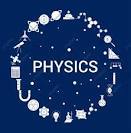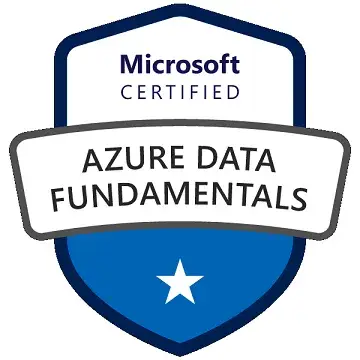Physics Class-12
-
- 5 rating
- (1 Reviews)
- 1 students enrolled
Physics Class-12
These chapters appear to cover a wide range of topics in physics and electronics, typically found in a comprehensive physics or electronics course or textbook. The depth and complexity of each topic may vary depending on the level of the course and the intended audience.
-
- 5 rating
- (1 Reviews)
- 1 students enrolled
What learn
- Comprehensive Subject Knowledge
- Visual and Interactive Education
- Adaptive Learning Methodology
- 24/7 Availability
- Global Reach and Diverse Resources
Course Content
Requirements
- Smart Phone Or Laptop with Internet Connection
Description
Here's a brief overview of each chapter:
-
Semiconductor Electronics II: Likely a continuation of Semiconductor Electronics I, this chapter may cover advanced topics related to semiconductor devices and their applications in electronic circuits.
-
Electromagnetic Induction: This chapter explores the phenomenon of electromagnetic induction, including Faraday's laws and the generation of electric currents by changing magnetic fields.
-
Electric Charges and Fields: This chapter delves into the fundamental concepts of electric charges, electric fields, and how they interact, leading to Coulomb's law and the principles of electrostatics.
-
Electromagnetic Waves: Covers the properties and characteristics of electromagnetic waves, including the electromagnetic spectrum, propagation, and wave equations.
-
Moving Charges and Magnetism I: Likely focuses on the relationship between moving charges and magnetism, introducing concepts like the Biot-Savart law and Ampere's law.
-
Ray Optics and Optical Instrument I: Explores the behavior of light as rays and how it interacts with various optical instruments.
-
Electrostatic Potential and Capacitance I: Discusses the concept of electric potential, capacitance of capacitors, and their applications in electronic circuits.
-
Electrostatic Potential and Capacitance II: A continuation of the previous chapter, covering further applications and calculations involving electric potential and capacitance.
-
Moving Charges and Magnetism II: Likely delves deeper into the study of magnetism induced by moving charges and may introduce concepts like magnetic materials and magnetic fields.
-
Wave Optics I: Examines the wave nature of light, interference, and diffraction phenomena.
-
Wave Optics II: Continues the study of wave optics, possibly covering more advanced topics in interference, diffraction, and wavefronts.
-
Dual Nature of Radiation and Matter: Focuses on the wave-particle duality of matter and radiation, discussing the behavior of particles at the quantum level.
-
Alternating Current II: Explores advanced concepts related to alternating current circuits, including resonance, impedance, and power factor.
-
Magnetism and Matter: Likely covers the properties of magnetic materials, magnetization, and the behavior of matter in magnetic fields.
-
Alternating Current I: Covers the fundamentals of alternating current circuits, including AC waveforms, phasors, and basic AC circuit analysis.
-
Communication Systems: Discusses principles and components of communication systems, including modulation techniques, transmission, and reception of signals.
-
Ray Optics and Optical Instrument II: A continuation of the study of ray optics, likely covering more complex optical instruments and their applications.
-
Nuclei: Explores atomic nuclei, nuclear structure, radioactivity, and nuclear reactions.
-
Semiconductor Electronics I: Likely covers introductory concepts related to semiconductor materials, diodes, and transistors.
-
Atoms: Examines the structure of atoms, atomic models, and the behavior of electrons within atoms.
-
Current Electricity: Covers the basics of electric current, Ohm's law, electrical circuits, and electrical measurements.
Recent Courses
- June, 23rd 2025
- 3
This course plan outlines a comprehensive curriculum for a prompt engineering course, designed to equip learners with the ski..
- 1699.00₹
2000.00₹
- June, 28th 2025
- 12
In an era where technology is seamlessly integrated into our daily lives, understanding the synergy between Embedded Systems..
- 1599.00₹
2000.00₹
- May, 22nd 2024
- 0
Microeconomics is an essential component of economics as a whole, as it helps us understand how individual decisions and inte..
- 799.00₹
999.00₹
About Instructor
"Founded in 2019, Bringup Education stands as a dynamic Ed-Tech firm. We take pride in offering a diverse array of courses, spanning from school-level education to rigorous undergraduate programs, all impeccably facilitated through our state-of-the-art Learning Management System (LMS).
Moreover, at Bringup Education, we are committed to preparing students for the professional world by providing valuable training and internship opportunities. These experiences not only augment students' skills but also ensure they are 'job ready' upon graduation."


.png)




.png)


